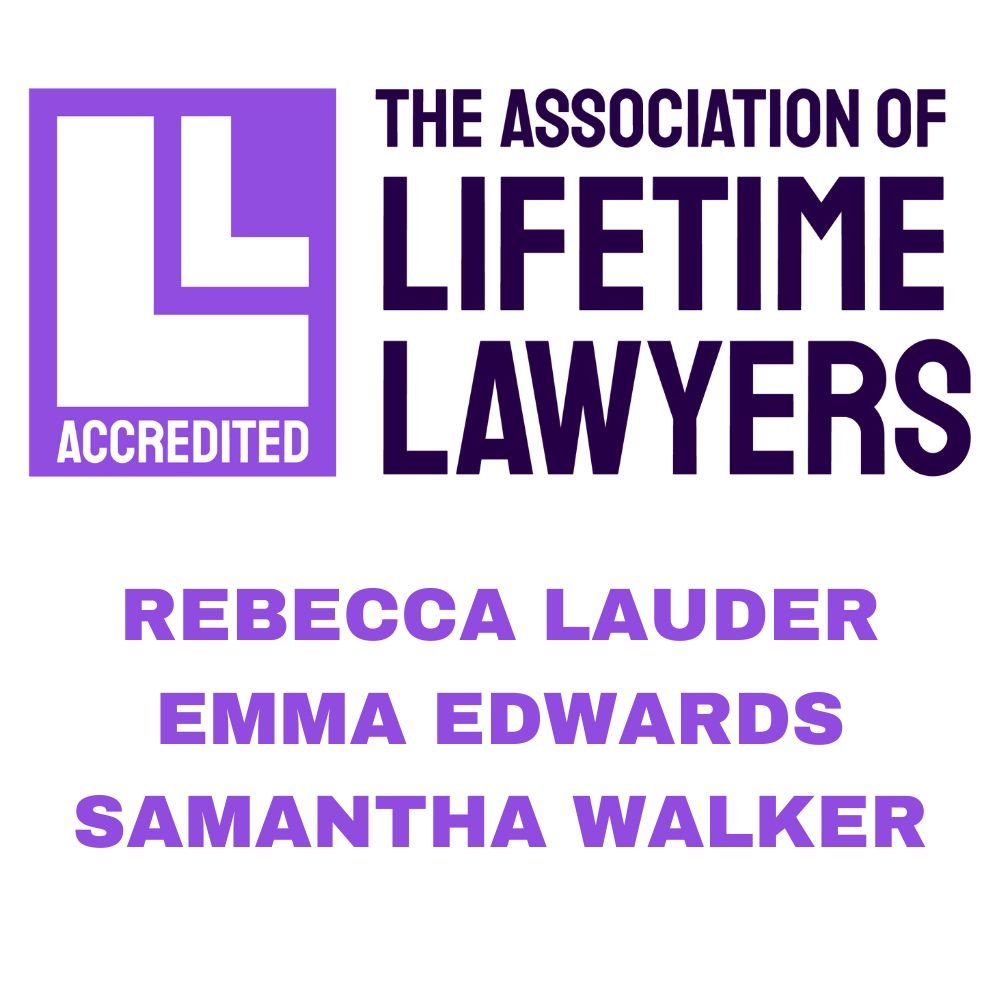When parents separate or divorce, one of the most sensitive and important issues to resolve is child arrangements—where children live, how much time they spend with each parent, and how decisions about their welfare are made. Understanding your rights and the legal framework in England and Wales can help you make informed decisions and reduce conflict. Here’s what you need to know about child arrangements in 2025.
What Are Child Arrangements?
Child arrangements refer to:
Where a child lives (residence).
Who the child spends time with and when (contact).
Who makes decisions about the child’s upbringing
Since the Children and Families Act 2014, the courts have moved away from terms like “custody” and “access” and instead use “child arrangements” to reflect a focus on the child’s best interests.
Parental Responsibility
In England and Wales, mothers automatically have parental responsibility. Fathers gain it if they are married to the mother at the time of birth or are listed on the birth certificate (for children born after December 2003). Parental responsibility gives the right to make important decisions about the child’s education, health, and welfare.
Types of Child Arrangements
Living Arrangements
Children may live primarily with one parent, or the parents may share care equally or near-equally, often called “shared care.” Shared care is more common now, but courts focus on what is best for the child rather than equality.Contact Arrangements
The parent the child does not live with typically has contact rights. Contact can be direct (face-to-face visits) or indirect (phone calls, video chats). The specifics depend on the child’s age, preferences, and family circumstances.Decision-Making Arrangements
Parents with parental responsibility should make key decisions together. Disputes over decisions may require mediation or court intervention.
How Are Child Arrangements Decided?
Mutual Agreement: Many parents agree on arrangements without court involvement, often with help from family mediation or solicitors.
Court Orders: If parents cannot agree, either can apply for a Child Arrangements Order from the family court. The court’s paramount concern is the child’s welfare.
The Court’s Approach
Courts assess the child’s best interests based on the welfare checklist, including:
The child’s wishes and feelings (depending on age and maturity).
The child’s physical, emotional, and educational needs.
The likely effect of any change in circumstances.
The child’s age, sex, background, and any harm suffered or risk of harm.
The capability of each parent to care for the child.
Mediation and Alternative Dispute Resolution
Before applying to court, parents are usually required to attend a Mediation Information and Assessment Meeting (MIAM) to explore whether mediation can help resolve disputes amicably. Mediation is often faster, less costly, and less stressful than court proceedings.
Final Thoughts
Child arrangements are about creating a stable, loving environment for children after family breakdowns. Knowing your rights and the legal framework can help parents navigate these challenging times with confidence and compassion contact us for bespoke advice on your personal situation.
To arrannge an appointment please call (01524) 386500 or (01772) 253841










